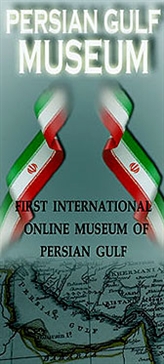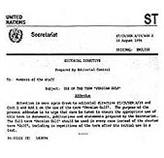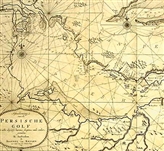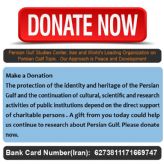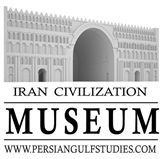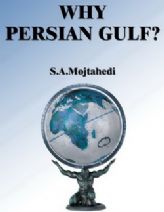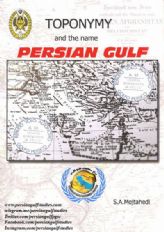Persian Gulf Geomorphology
1- General morphological lines of region
In general, Persian gulf region (excluding Persian gulf water area) constitutes two major morphological units, i. e. mountains and steppe-plain. Major mountain units of region have been created in north of Persian Gulf, and Loot and Kavir plains have constituted inter-mountain units of this part. Even though local and insignificant mountainous units are also observed in other regions, but plains imbued with population and vast steppes and sometimes void-of-habitant areas are amongst their main and important reliefs. Lands located in Iraq geographical limit and Saudi Arabia peninsula incorporate these plains and steppes. Big deserts (Rob Olkhali and Nofuz), make up biggest part of these plains and their evenness and levelness has only messed up vast sand hills of Seif, Barkham and … .
2- Coastal lines morphology
Lengthwise and extended axis of Persian Gulf separates two morphologically completely specified regions from each other features of which is highly dependant on their tectonic issues. Western coasts of Persian Gulf form part of rather fixed and stable lands of Saudi Arabia which is neighbor to Pare Kambrin lands of Saudi Arabia (shell of Saudi Arabia). While unstable and variant coastal areas of Iran form most important morphological units of Persian Gulf. Coastal shape (specially at this part of region) is lengthwise where elongation of coast is parallel to axis of neighboring heights. In this elongation sometimes slope of anticlines is in coastal line (west of Khurmuj) and in some places condensation of alluviums has made a great distance between coastal line and Zagros convoluted mountains (Bushehr plain).
At points where Persian Gulf water is directly neighboring the anticlines, uneven stone coast and or sand coast have been created. In first type, clash of waves with body of anticlines has made crag-form coast (Boushehr coast).
Another type of most coasts is sand coast. Due to low steep coast and slope and considerable high and low tide, coastal strip has grown wide and can be seen in a single separated unit named Astaran. In parts of Astaran, like surroundings of Lenge port, mangrove trees have grown naturally and have turned into a rather thick forest. Sand strands go under water at time of high tide but some others always are always placed under water, Underwater strands make trouble for small boats at time of low tide. Some of these strands always outside of water and have turned into islands or peninsulas. Nakhilu and Omolkaram islands in south of Khurmuj are of sand type (Alayi Taleghani, 357:1383).
River delta is amongst other reliefs of coastal lines. Amongst features of this relief is that extremely low gradient up to front (base) of Abadan river delta has been progressing hugely every year. Development of Mehran river delta close to Khamir port is in a way that it seems as if it is being attached to Gheshm island. In mouths of divided branches on river deltas (or entry of rivers to Persian Gulf) of Gulfs, a mouth can be seen which is named Khur (the same, 357).
Meander is also amongst other reliefs of coastal lines. This phenomenon has originated mainly in path of watery rivers of Iran and Iraq plains like Karkhe, Karun, Dez and … . Sluggishness of sediments and low gradient of Khuzestan are effective factors in formation of windy bed in flow path of these rivers. Alluvial Fans have a significant role in scenery of plains (especially Iran and Iraq plains (Alayi Taleghani, 359:2003)
Source: Persian Gulf geopolitics, Geographical organization of armed forces of country
